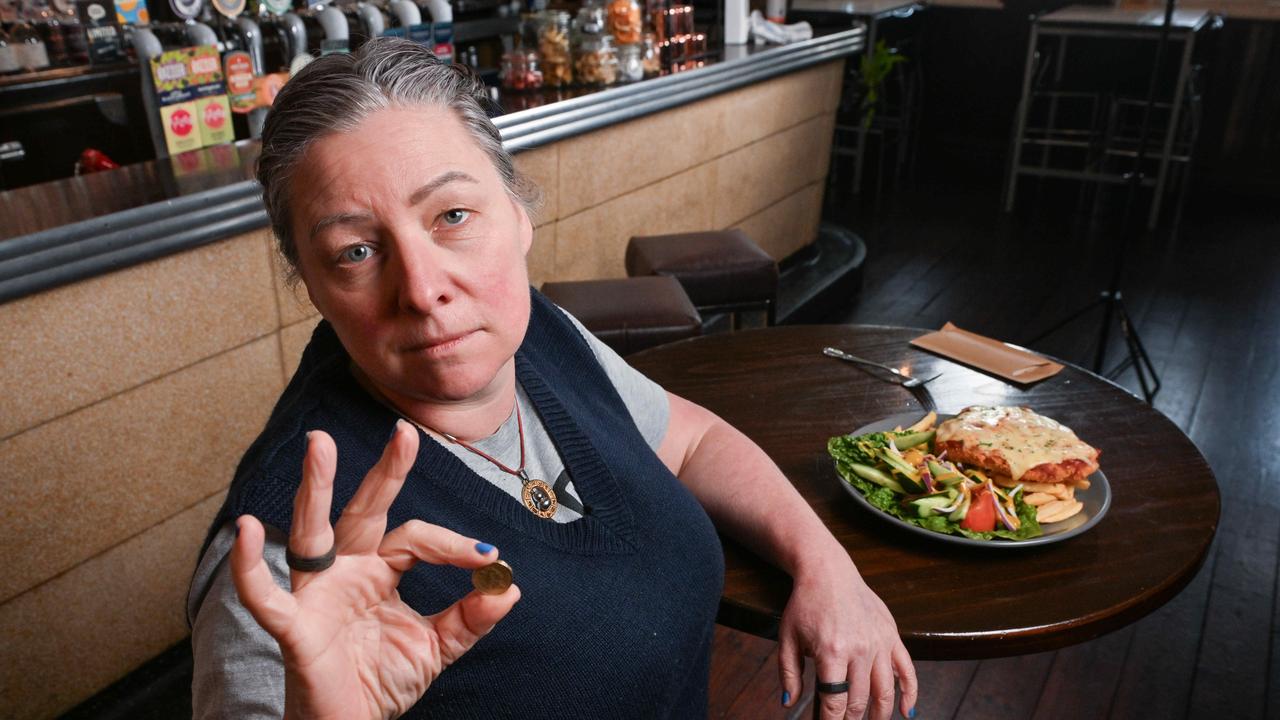High and dry: Inside the fight to save SA’s farming future as aid is delivered in the Mid North
The driest year on the books has pushed SA farmers to the brink. And on Friday, there were emotional scenes in the state’s Mid North. Find out why.
SA News
Don't miss out on the headlines from SA News. Followed categories will be added to My News.
James Moore’s family has worked the same farm in Caltowie for 150 years – but he says nothing has come close to the heartbreak of this past year.
“Last year was our lowest ever,” the fifth-generation farmer said of recent rainfall.
“We had 220 millimetres. Our average is 450.”
That 50-per-cent drop in rainfall forced Mr Moore to make a gut-wrenching call to sell off half his livestock to keep the rest alive.
“We sold half our ewes in October, knowing it’d be a longer summer,” he said.
“Everyone’s been sitting and waiting for rain, making a hell of a lot of dust — just don’t know what else to do.
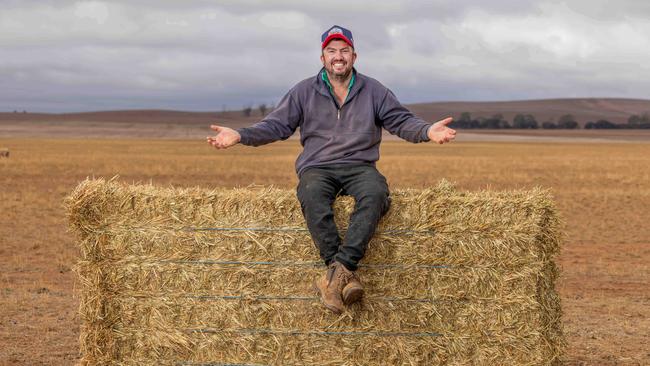
“We’ve only got a few bales left and once you see back of the shed it does worry you.”
His father now drives 50km twice a week to help feed what’s left of the family’s herd – a desperate attempt to hold onto a proud legacy that’s hanging by a thread.
Mr Moore was one of more than 200 graziers who turned out to Jamestown on Friday, where a 23-truck convoy loaded with 1,500 bales of donated hay.
The Rapid Relief Team brought in the premium cereal hay from Queensland, offering drought-stricken farmers a few week’s worth of hope – if that.
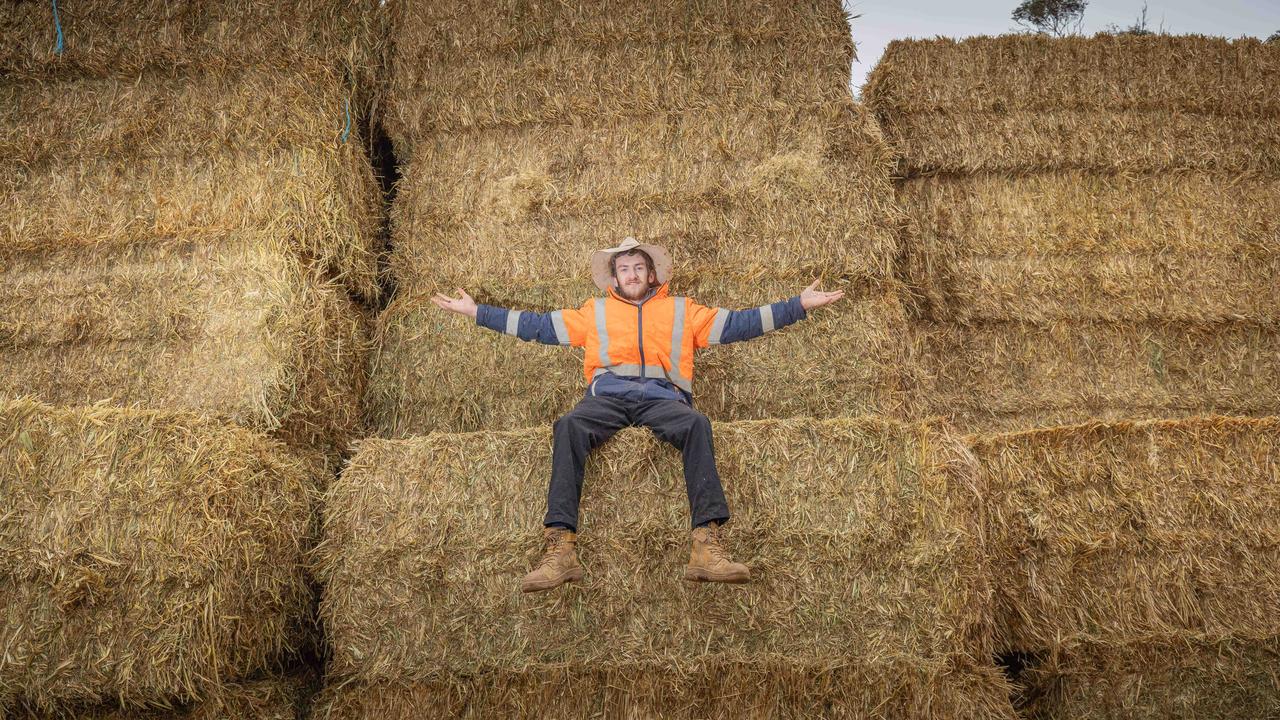
Among those in line was Wilmington farmer Darren Frick and his 18-year-old son Ryan, collecting 25 bales to feed their 500 lambing ewes.
“We’ve cut our numbers in half as well,” Mr Frick.
“The drought’s been brutal – and it makes you wonder if you even want to hand this life down to your kids.”
Looking at his son, he added: “The chances of kids coming back to the farm get more remote every year. Once they move away, that’s sort of it.”
But he said the heartbreak isn’t just in the paddocks – it’s rippling through whole towns.
“If you lose two out of 10 farmers in a town like ours, you lose five or six kids at the school,” Mr Frick said. “Then you haven’t got a teacher. It all flows on.”
He said these his donated bales will last him about a week but if the rains don’t come soon he’s facing a worst-case scenario of possibly selling off bloodlines of sheep he’s spent 30 years breeding.
“Once you sell them, you can’t get them back,” he said.
Belalie farmers David Clarke and Damon Crawford also picked up donated hay.
Mr Clarke likened farming to a game of chance where you’re risking everything on a single spin of the roulette wheel.
“You take all your money and put it in a pot,” he said.
“You’ve gone to put it on black and said let’s see what happens. But now we’ve spent the last few years on red and we’re running out of options.”
Mr Crawford agreed and said 2024 left him shattered.
“Last year was soul-destroying. Everything that seemed like a good idea just didn’t work. You end up using Plan B a lot.”
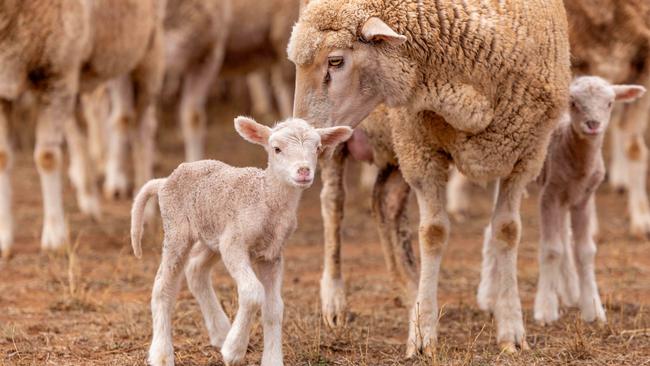

Earlier on Friday, Jamestown resident Alex Branden and her daughter Charlotte were delighted to wake up to the sound of rain in the morning.
“We haven’t had much at all this year so everyone’s looking at the sky this weekend, just praying it wasn’t a one-off,” she said.
“The farmers need it, the whole area needs it.”

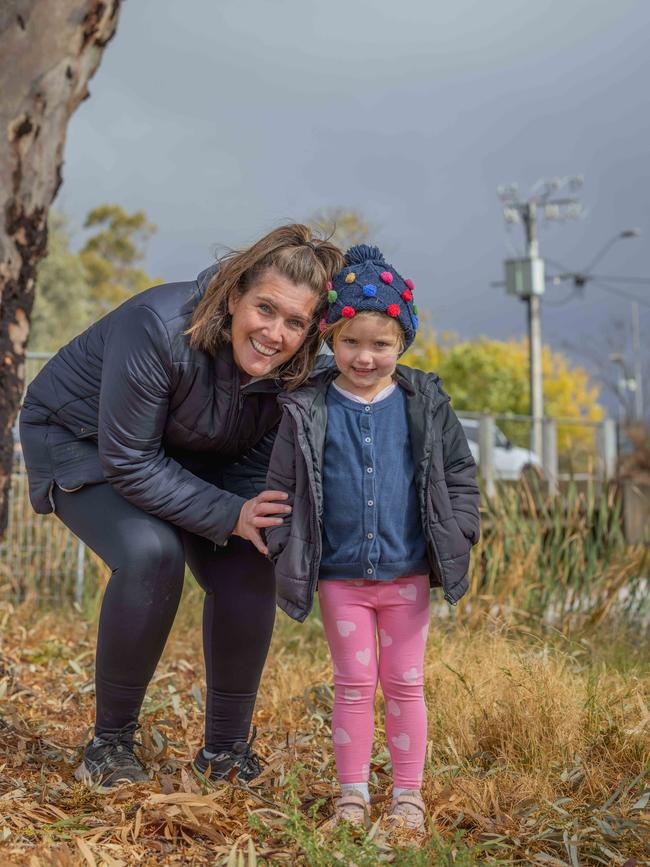
But in Claymore, farmer Trevor Duke said the little rain they’ve had this year has been useless so far.
“I’ve been here all my life. I’ve never seen it so bad,” he said.
“Our crops just died. The barley, wheat and legumes – nothing survived. There was nothing to reap.”
For these farmers, Friday’s hay drop was a godsend – but it would only offer short term respite if things don’t improve.
Newly elected Federal MP for Grey Tom Venning emphasised the need for long-term drought policy solutions.
He specifically criticised current approaches that focus on short-term fixes like mental health seminars, stating that these “don’t feed your sheep or cattle.”
Mr Venning wants to develop federal legislation that better prepares Australia for drought conditions, noting that currently, government support tends to disappear once rain returns.
He advocated for reforming programs like the Farm Household Allowance and Future Drought Fund to provide more practical, sustainable assistance to farmers.
More Coverage
Originally published as High and dry: Inside the fight to save SA’s farming future as aid is delivered in the Mid North






